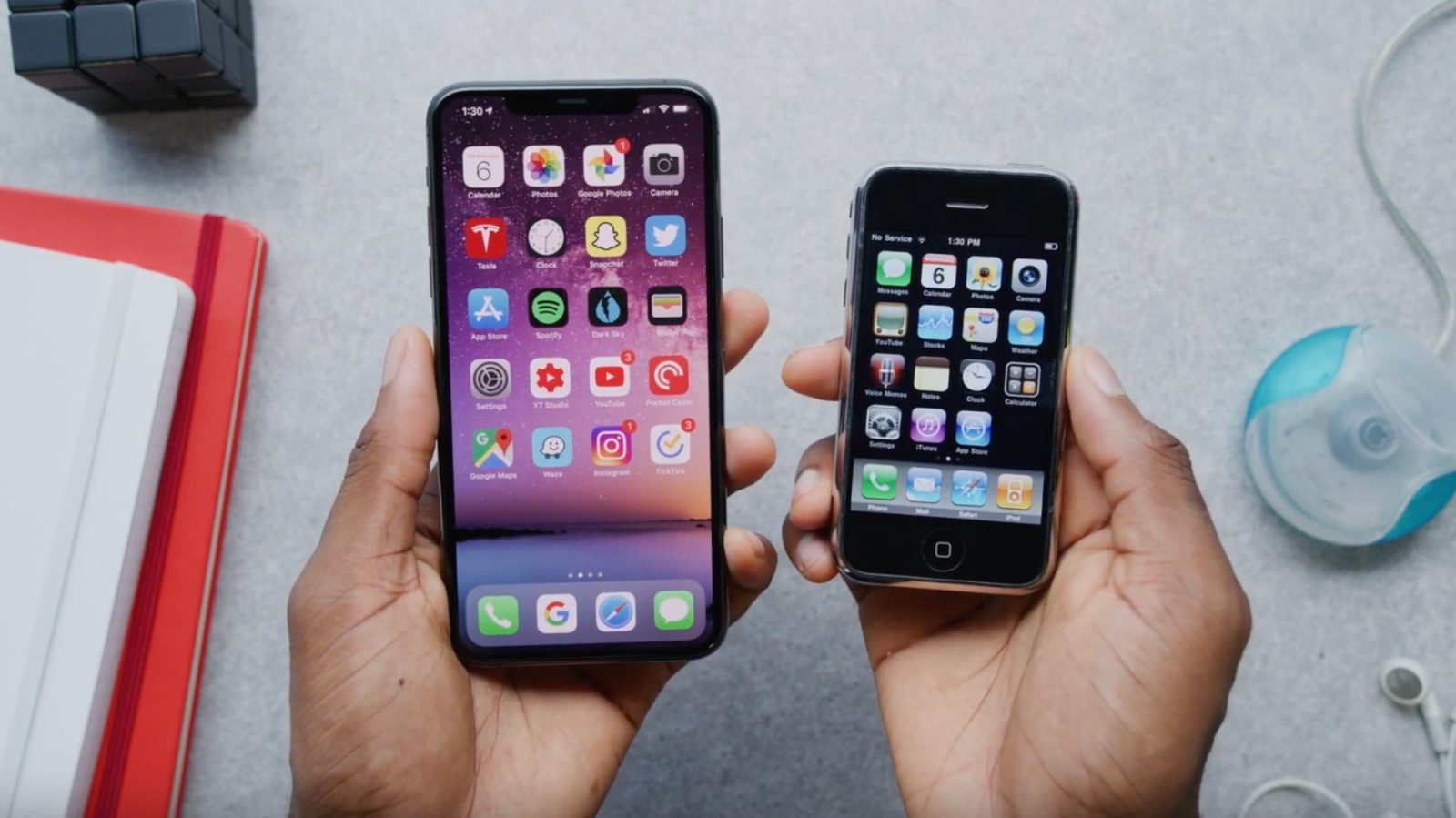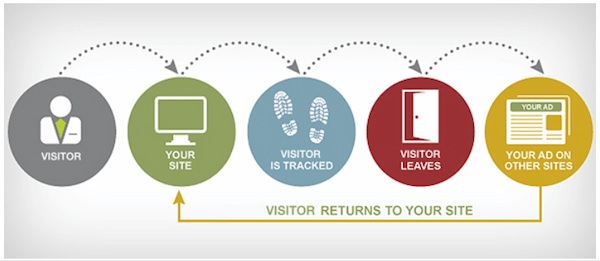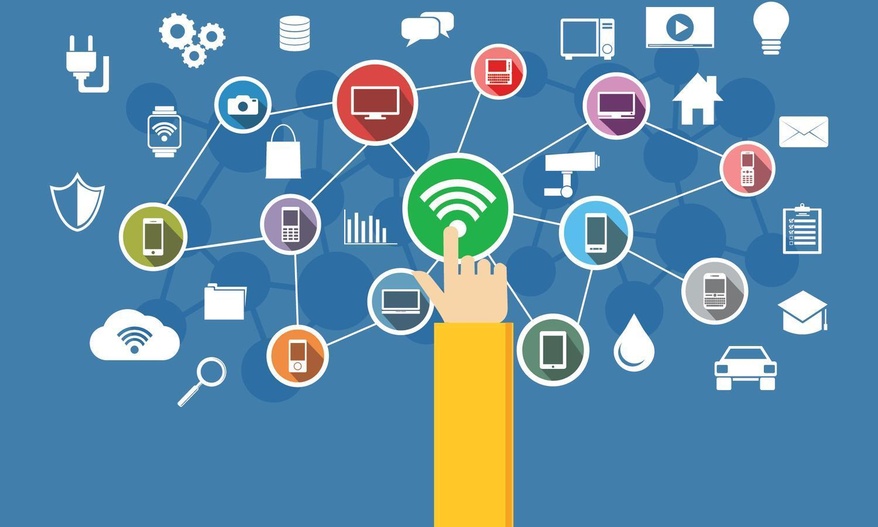It’s not an exaggeration to say that digital marketing has completely changed the world. The sheer rate at which digital marketing has developed is mind-boggling. I find myself wondering, how much has digital marketing changed in the last three decades? Of course, there are many working parts to consider and I know you’re busy, so we’ve tried to keep our analysis as concise as possible. This means we’ll be focusing on some of the biggest changes in digital marketing. So, if you don’t find something in this article that should be in there, drop it in the comments below and share your insights with other visitors.
One of the first things that should be noted about digital marketing is how rapidly it made marketing more accessible. For instance, traditional marketing includes print marketing, TV adverts, and radio adverts. In the past, this form of marketing could be very expensive and even the biggest brands had to use their marketing budgets carefully. Now instead, you don’t even have to necessarily pay to run a successful marketing campaign (although it helps). I believe that this is one of the more obvious reasons why digital marketing has exploded in the last three decades.
Digital Marketing Changed The World With The Rise of The Internet
I know this is really obvious, but without the internet, there wouldn’t be digital marketing. The World Wide Web Project that was headed by Tim Berners-Lee launched in 1991 but didn’t get much early interest. This all changed when the first dominant browser hit the market in the form of Netscape in 1994. The number of internet users was low back then, but in the two years following Netscape it shot up from 16 Million to 70 Million. This led to a burst of email services, browsers, and e-commerce sites cropping up in the digital landscape.

These early browsers also led to the beginning of SEO on the internet. There were a lot of problems that I can think of with this early form of SEO. The biggest problem with it was the fact that websites could partake in keyword stuffing, generating numerous backlinks and tags to a ridiculous extent. Nowadays, keyword stuffing isn’t a working strategy, and backlinks are weighted on the reputation of the website linking to you. These updates turned SEO into more of an art, where great content gets to the top. If you look at the start of the browser age, that’s when I think digital marketing really started in earnest.
Social Media’s Part In The Digital Landscape
Social media platforms were initially very simple when they began in the 1990s, with options like Geocities, Classmates.com, and SixDegrees.com. As I just stated, they were incredibly simple and it wasn’t really until the advent of platforms like Myspace, Facebook, Bebo, Twitter, LinkedIn, and other modern industry players that the user numbers surged. Since then, social media has made it possible to connect with potential customers on a regular basis. A study in 2010 showed that 22% of time spent online worldwide was on social media. I can attest to this as I’m constantly on LinkedIn and regularly use Instagram.
Social media has also given rise to another form of digital marketing, in the form of influencer marketing. This is a marketing format that involves getting celebrities and other well-known people to advertise products on social media. The intent with this is that the business will reimburse the influencer in some way. The followers of the influencer will also be more likely to buy the product or service. The failed music festival Fyre Festival that took place in 2017 caused rumblings about accountability by influencers. Despite this, it is one of the most rapidly growing forms of marketing.
The Introduction of Smartphones Ensured Digital Marketing Would Change Forever
It can’t be denied that smartphones and tablets have changed the way we live. They’ve also changed the game in digital marketing. This is because, in the modern era, most people constantly have a smart device with them. This means that your access to the internet and potential marketing materials isn’t limited. For example, in the United States people spent an average of 46 minutes on mobile media. Then, fast forward to 2017 and this had increased to 258 minutes. This statistic makes me quirk my eyebrow, but it isn’t surprising. You shouldn’t be either.

The first commercial smartphone to be true to the definition was Blackberry, which released its initial model in 2003. Smartphones were first introduced to the populous masses with the release of the iPhone in 2007. Since then, over three-quarters of the population in the UK have a smartphone and most of these have 4G capabilities. So not only has the amount of time people spend on phones increased. The actual number of people with smartphones is exploding. This means people are more exposed to digital marketing than ever. I wonder where we’ll be in ten years?
The Rise of Big Data in Digital Marketing
I don’t have to tell you that all activity done online is then stored as a form of digital data. Data was already rapidly expanding in importance, even as far back as 2000. A University of California, Berkeley study showed that digital data was the quickest growing form of information. This online information is known as “Big Data”. You may have heard that phrase before and the reason is that there is an ocean of available data. Eventually, the Dot-Com bubble burst in 2011, as most bubbles do. Marketers then began to use this data for inbound marketing.
Nowadays it is commonly known that companies will harvest your data and use it to provide targeted adverts. Different people have different opinions on this and I personally don’t have a problem with targeted advertising. If it’s more democratic. This means that I think you should be given a real choice to share your data. You should be compensated in some way for doing so. The rise of social media and internet searches has coincided with the increase in available marketing data that you can use. It’s likely that the level of data in the world’s information networks is going to increase to more obscene levels in the future.
Digital Marketing Changed to a More Personal Approach
Digital marketing has changed also in the aspect of personalisation. This is becoming a much bigger deal in the modern era of marketing. You will achieve this level of personalisation achieved if you use Big Data on customer habits and previous interactions. Another avenue for personalisation that is growing, particularly with younger generations is the rise of user-generated content. Promoting user-generated content on your platform can lead to millennials being up to 84% more likely to buy from your business. You also want to make sure your content is relatable. This way, you can share it consistently to widen your coverage.

An example of such a campaign can be found on Netflix. The video streaming giant has been known to promote posts by its users to draw attention to upcoming premiers. One example of this was carried out under the release of Stranger Things 2, which gained 1 million viewers in its first two weeks. Of course, people were going to watch the show anyway. It’s still undeniable that this campaign had a major impact on the viewership numbers as the user-content went viral at the time. This shows that the more personal approach to digital marketing is a winner.
SEO is Now a Critical Part of Digital Strategy
As I previously told you, SEO has been around since the beginning of web browsers. Despite this, SEO wasn’t exactly well-known, especially in the wider business environment. Nowadays, most business owners have heard of SEO, even if they don’t have a technical understanding of what it is. One of the main reasons why SEO has become so important is the increase in internet users and search traffic, with the former growing from 413 Million in 2000 to 3.4 Billion in 2016. By making use of SEO, businesses are able to target this increasing number of users, which will lead to revenue increasing.
Another reason why SEO is now critical to digital strategy is the fact that so many other businesses are doing it. This means that it’s going to be harder to get to the top of Google and other search engines for your search terms. So, therefore, if you’re going to compete against other businesses in your niche you need to work on your SEO. Thankfully, if you don’t know where to begin, I can help you with that. Another thing you should keep in mind is the fact that SEO can take time to develop. This means you may be waiting a while before you see results.
Transparency and Data Privacy in Digital Marketing
Because of the rapid rate of progress in the digital world and digital marketing as a whole, lawmakers have been playing catch-up. Most data protection legislation pre-GDPR was unfit for purpose and businesses were well-known for being opaque about the ways they use your data, and what data they hold on you. This changed slightly in the UK and the rest of Europe when the EU implemented the GPDR in 2018. This law was put into place to modernize the approach to data protection in the EU. The UK may not be part of the EU any longer, but the GDPR is likely to remain in UK law.
If you’re not familiar with the GDPR, you should know that the law implemented new, stricter rights for data subjects and allowed for the issuing of harsher penalties for breaches. For example, under the Data Protection Act 1998 in the UK, the Information Commissioner’s Office could issue fines of up to £500,000 for breaches. The powers are given to the ICO in the Data Protection Act 2018 to fine businesses up to £17 Million, or 4% of the company’s annual global turnover. Whichever is greater. This provides more protection for data subjects.
Conclusion
Wrapping this up, you should now have a good idea about how digital marketing had changed in the last three decades. I feel like a broken record in saying that digital marketing wouldn’t exist without the internet. Despite this, it’s true and the early days of the internet were critical to the development of digital marketing as a whole. In addition, the advent of social media created an easier, more democratic and prospect-rich environment for businesses to conduct their digital marketing operations. Smartphones have also been a massive contributing factor to this, by making it easier to access similar content.
The increasing ability for companies to harvest the data of platform users and previous customers has made it easier for businesses to target customers with things they’d be interested in. Although, this and the rapid development of data technology has led to newer legislation designed to target potential data safety issues. These issues have increased in line with the increased emphasis on personalisation in marketing communications. Finally, despite the fact that SEO has been around for ages, it has gotten a lot more attention in recent years.

